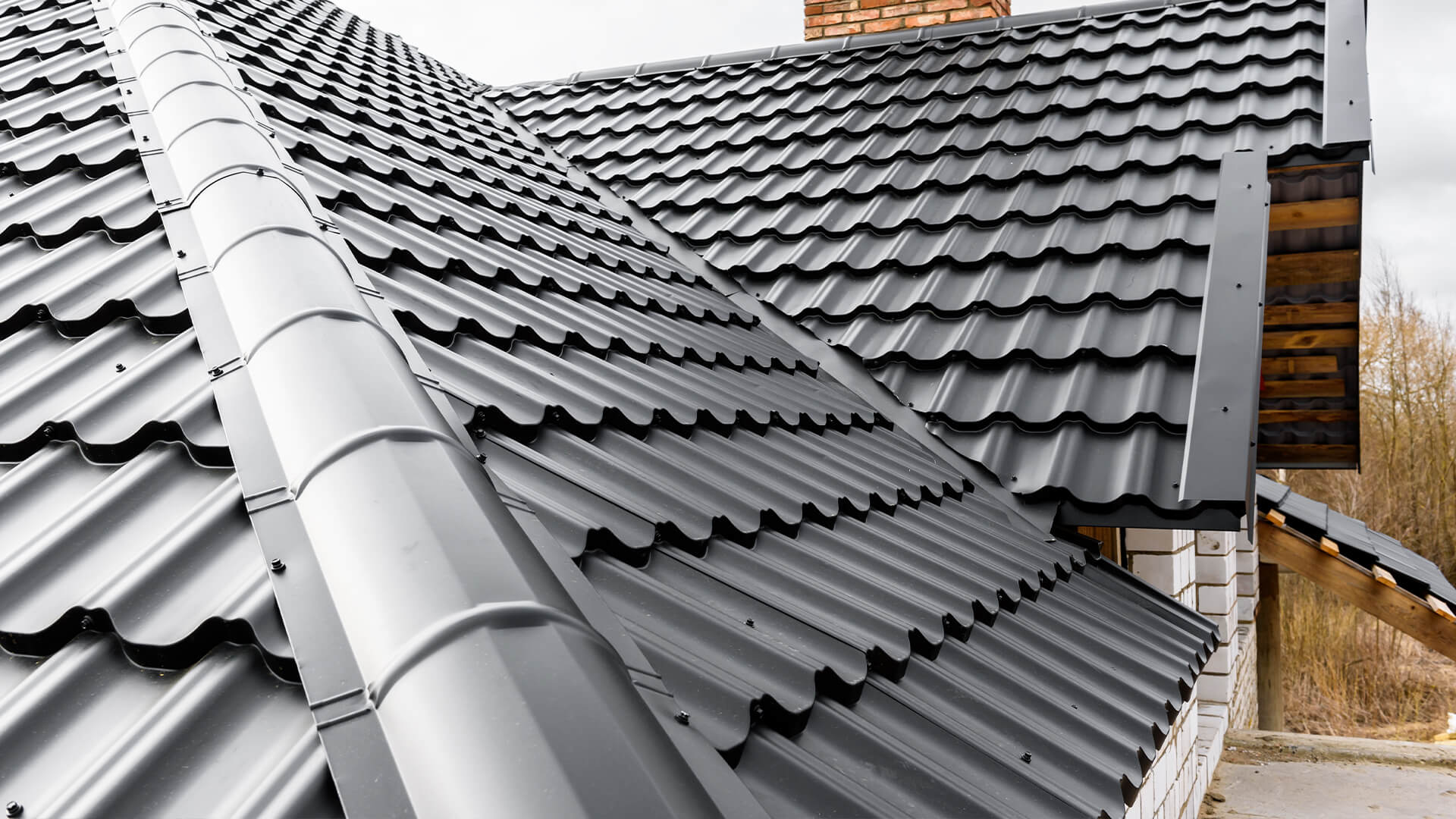A Comprehensive Look at Roofing Companies Gainesville Residents Recommend
A Comprehensive Look at Roofing Companies Gainesville Residents Recommend
Blog Article
Best Practices for Ensuring Proper Roofing Air Flow
A well balanced intake and exhaust air vent ratio, commonly 1:300, plays a critical role, with consumption vents ideally put at the lower side of the roof for trendy air entrance and exhaust vents at the peak for cozy air leave. Maintaining insulation away from vents is essential to stop airflow constraint.
Understand Air Flow Basics
Correctly recognizing air flow fundamentals is important for making certain the durability and efficiency of roof covering systems. Reliable ventilation alleviates dampness buildup and temperature extremes in the attic, both of which can lead to considerable structural damages in time. A well-ventilated roof covering assists in protecting against usual issues such as mold development, timber rot, and ice dams, which can endanger the integrity of the roof covering products and the underlying structures.
The key objective of ventilation is to help with the movement of air, permitting a consistent exchange in between the outside and interior atmospheres. This balance is accomplished through a combination of intake and exhaust vents that collaborate to maintain optimal air flow. Intake vents, typically located along the eaves or soffits, enable fresh air to get in the attic room, while exhaust vents, frequently located at or near the roofing ridge, allow hot, humid air to run away.
Secret factors influencing the effectiveness of roof air flow consist of correct placement, adequate sizing, and making certain that both consumption and exhaust vents are unhampered. Regular inspection and maintenance are crucial to determine possible obstructions, damages, or ineffectiveness in the air flow system, consequently guarding the roof's efficiency and sturdiness.
Sorts Of Roofing Vents
Roof covering vents play a crucial duty in maintaining efficient attic ventilation and, by extension, the general health of the roof covering system. Numerous kinds of roof covering vents are available, each with unique advantages tailored to certain roof demands. Ridge vents, for instance, are set up along the roof covering's optimal, allowing cozy, humid air to run away from the attic. They use continual air flow and blend seamlessly with the roofline, making them both reliable and aesthetically pleasing.

Soffit vents are set up under the eaves and operate in tandem with roofing vents to ensure a well balanced intake and exhaust system. By enabling cooler air to get in from below, soffit vents assist in the expulsion of hot air via top vents. Gable vents, located on the exterior wall surfaces of the attic, deal an additional efficient solution, specifically in homes with saddleback roofs.
Examine Your Existing Air Flow

Next, think about the age and condition of your roof covering products and ventilation parts. Older systems might not adhere to existing building ordinance or might have weakened gradually, reducing their effectiveness. Conduct an extensive examination to determine any kind of indications of deterioration, such as corrosion, damages, or voids that could compromise the system's efficiency.
Additionally, gauge the attic room temperature level and moisture degrees. High temperatures and moisture can suggest inadequate air flow.
Setup Best Practices
Effective installment of roofing ventilation systems is vital for making sure optimal performance and durability. Appropriate installment starts with understanding the details ventilation needs of the roof covering and the structure it covers. This entails computing the appropriate proportion of intake to exhaust vents, commonly sticking to the 1:300 regulation, which stipulates one square foot of air flow for every single 300 square feet of attic room flooring space.

The positioning of vents is equally crucial. Intake vents must be set up at the roofing system's lower side, commonly in the soffits, to enable amazing air to go into. Exhaust vents, on the various other hand, need to be set up near or at the roof covering's peak to facilitate the exit of cozy, damp air. This produces a natural air movement that assists keep temperature and wetness equilibrium within the attic room.
Seal all vent links carefully to stop air leakages and possible water seepage. Usage top notch materials and follow manufacturer guidelines to make sure durability and efficiency. In addition, integrating ridge vents with baffles can dramatically enhance air movement efficiency by protecting against wind-driven rain and snow from entering the attic.
Inevitably, specific setup of roofing ventilation systems mitigates possible problems such as mold and mildew development, ice dams, and structural damages, guaranteeing the roof's stability and the building's general health.
Routine Upkeep Tips
Uniformity in upkeep techniques is basic to guaranteeing the find more long-term efficiency of roof covering ventilation systems. Throughout these assessments, guarantee that vents are free of particles, nests, and other blockages that can hamper air movement.
Cleaning up the vents is one more vital job. Make use of a soft brush or a vacuum to remove dirt and debris from intake and exhaust vents. Beware not to damage the air vent screens or louvers during the procedure. In addition, evaluate the attic room area for any signs of water damage, which might jeopardize the integrity of the roof.
Appropriate insulation is just as vital. Make sure that attic room insulation does not block the vents, as this can drastically limit air flow. Rearrange or change it to preserve an effective have a peek at this site barrier. if any type of insulation has actually shifted or worked out.
Finally, replace any harmed or missing elements without delay. Broken vents, broken shingles, or tatty blinking can all add to poor air flow and should be addressed without delay. Normal maintenance makes sure that the roof air flow system works optimally, therefore expanding the life expectancy of the roof itself.
Conclusion
Making sure appropriate roof covering ventilation is vital for preserving the effectiveness and durability of a roof system. Adherence to the 1:300 intake and exhaust air vent ratio, combined with the calculated positioning of vents, is essential.
A balanced consumption and exhaust air vent proportion, generally 1:300, plays a critical role, with intake vents ideally positioned at the lower edge of the roof covering for trendy air entry and exhaust vents at the optimal for warm air departure. Consumption vents, normally located along the soffits or eaves, allow fresh air to get in the attic space, while exhaust vents, usually positioned at or near the roof covering ridge, make it possible for warm, humid air to run away.
Soffit vents are installed under the eaves and work in tandem with roofing vents to ensure a well balanced intake and exhaust system. visite site By enabling cooler air to enter from below, soffit vents promote the expulsion of warm air with upper vents. Adherence to the 1:300 consumption and exhaust air vent ratio, coupled with the calculated placement of vents, is essential.
Report this page